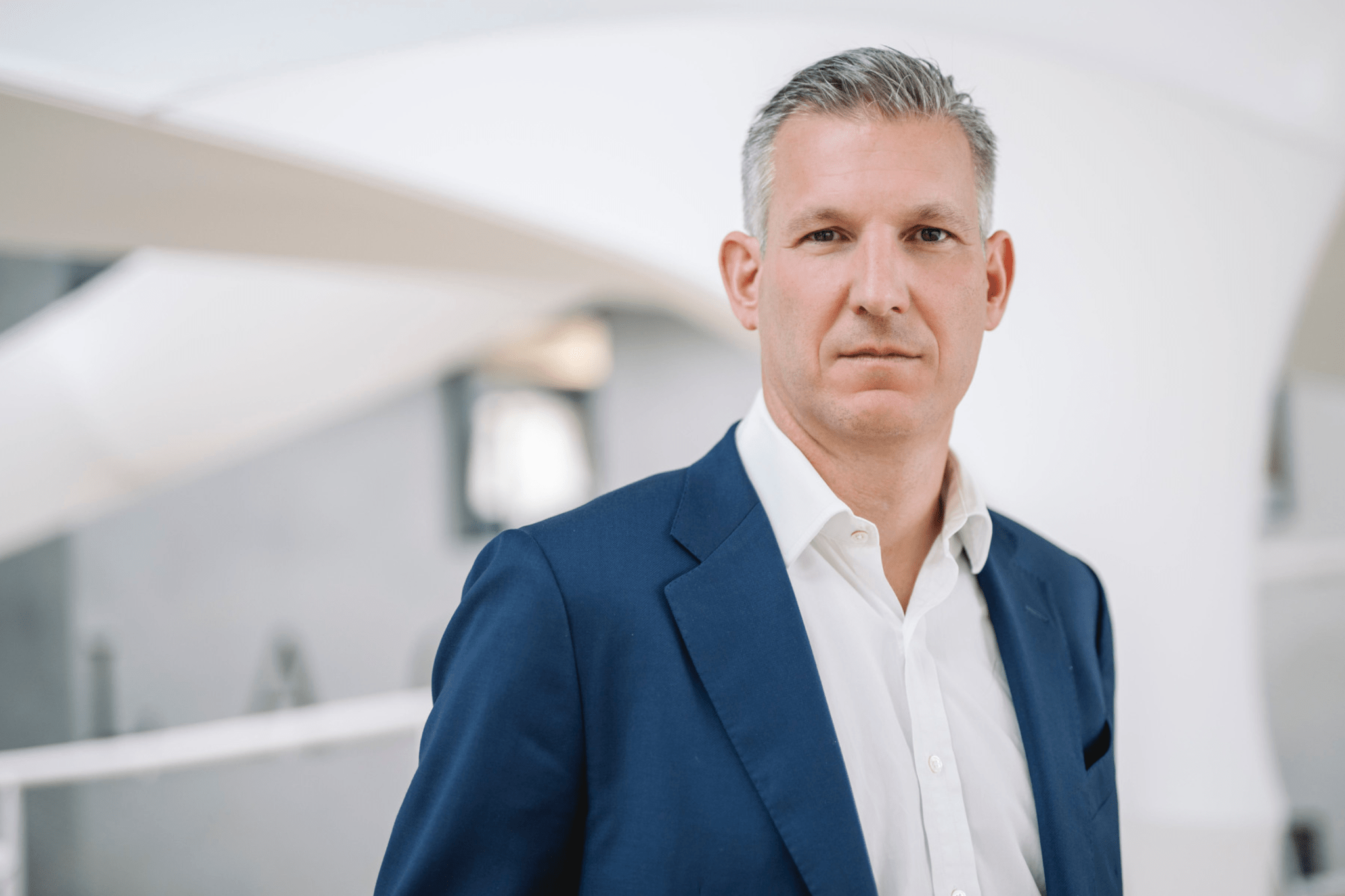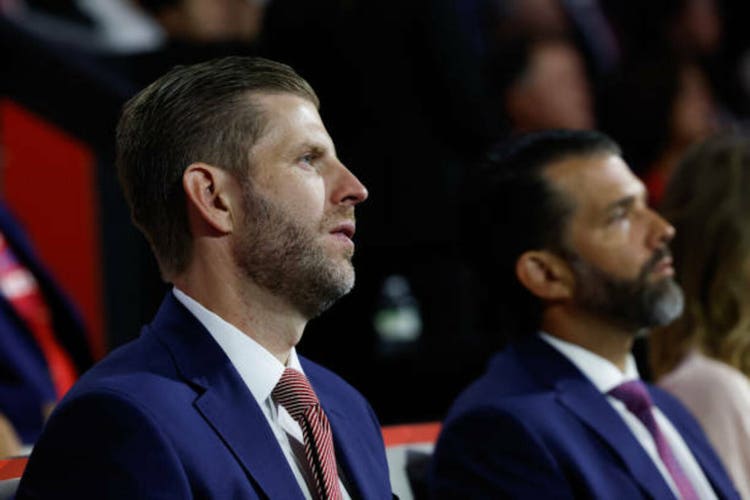Amarda Shehu was happily leading George Mason University’s Institute for Digital Innovation, which promotes research in AI and cybersecurity along with other technologies, when she was approached by the Virginia school’s president to serve as its first-ever chief AI officer (CAIO).
“My first reaction was, ‘No, I don’t like the word officer,’” Shehu recalls. “I’m a faculty, I’m a researcher, I’m an educator. What is this officer thing?”
But she was eventually persuaded to ignore any misgivings about the title and instead focus on the important work ahead. Universities like George Mason are recognizing that appointing a CAIO is critical to coordinate how AI tools will change workflows for faculty and staff; promote research and partnerships with AI companies; and develop a curriculum strategy for a student body that must learn AI skills if they want to compete in an especially challenging job market for entry-level workers.
Universities, after all, have played a vital role in the creation of many of America’s largest and most valuable technology companies. Mark Zuckerberg and his college roommates founded Facebook at Harvard University, while Michael Dell’s earliest days of business began at the University of Texas, and Google started as a research project by Stanford University PhD students Larry Page and Sergey Brin.
“We are thinking of ways to make every graduate of the university have some AI literacy,” says Shehu, who became George Mason’s CAIO in September. “Universities create technologies.”
Over the past year, major universities ranging from UCLA to the University of Maryland have appointed inaugural CAIOs, mirroring a trend in the private sector and government as major institutions see the value in better coordinating their AI efforts with a centralized, C-suite level position. Boston Consulting Group says it recommends this approach, because an AI strategy needs to be expansive beyond the traditional home for technology within the IT department.
“Whether you choose to identify this as an additional duty for an individual who sits inside of the C-suite already, or you bring someone new in to tackle this challenge, they need to be empowered to solve those kinds of cross-vertical challenges that are arising with the deployment of artificial intelligence,” says Noah Broestl, partner and associate director of responsible AI at BCG.
When UCLA appointed Chris Mattmann as chief data and AI officer a year ago, the university heralded the role as the first of its kind for any University of California campus and Mattmann as one of the few in that role at an American school. Previously, Mattmann had a long career in government, including a 24-year tenure at NASA’s Jet Propulsion Laboratory. He also served as an advisor for the Biden administration’s 2023 executive order on AI that highlighted the need for CAIOs in government.
Mattmann was unsure if his work at UCLA would be more aligned with government, which tends to be more policy-focused, or that of a true technologist. So far, it has been a mix of the two. On the policy side, he is establishing standards for what data large language models can be trained on, has assessed the risks of using AI, and has spearheaded a campus-wide AI inventory initiative to track both off-the-shelf AI tools being purchased across the campus and AI that’s developed and customized by researchers.
UCLA also forged a partnership with OpenAI, making the chatbot ChatGPT widely available across the campus and launching a project proposal program with the AI hyperscaler that was open to all faculty, students, and researchers. Nearly 100 projects were submitted, fielded from the medical school to the music department.
“We’re taking those projects, and then we’re bringing them to governance and saying, ‘Okay, which ones are going to go forward and which ones have the backing of their schools and their deans,’” says Mattmann. “And then, ‘Which ones should we turn off?’ So those are the conversations that we’re having.”
At the University of Utah, Manish Parashar became its inaugural CAIO in February, after he helped spearhead the school’s $100 million investment to promote AI research, attract talent, build infrastructure, and create a consortium to work with other academic institutions.
Parashar works closely with Microsoft and OpenAI on the school’s vision for AI and is actively meeting with others, including Google, Nvidia, and IBM. While he plays a strategic role in determining AI policies and communication about the appropriate use of AI across the campus, Parashar says he doesn’t want to control every decision.
“Teaching in a humanities class is very different from a computer science class, which is very different from a business class,” says Parashar. “It’s very hard to centralize, but you want to have consistent practices that are aligned with university policies.”
Anupam Joshi had served as CAIO for less than a month at the University of Maryland, Baltimore County when he spoke to Fortune. He shares that the school’s leadership had realized that AI had been generating excitement beyond the typical areas of computer and information science.
Another motivating factor was necessity. Maryland’s budgetary problems were exacerbated by the Trump administration’s spending cuts, which have disproportionately impacted the state’s large federal workforce. The CAIO role, Joshi says, “will evolve based on the fact that the state is looking for efficiencies.”
As he settles into his new work, Joshi says he’s exploring research partnerships that can be extended with companies like Google and Microsoft, while also listening to how professors want to utilize and teach AI. Many college professors are already using AI in their work, at times to the consternation of the students they teach. Joshi says teachers also tend to be a vocal crowd that isn’t shy about sharing their scholarly opinions.
“I think whoever comes into these kinds of roles needs to start with the position of humility,” says Joshi. “Because it’s one thing to do your own research in AI, trying to push the state of the art, and it’s another thing to use that as a tool to transform enterprises.”
This story was originally featured on Fortune.com

 2 hours ago
1
2 hours ago
1
















 English (US) ·
English (US) ·